Burnt by fire. Essential First Aid for Thermal Burns: Comprehensive Guide to Treatment and Recovery
How to provide immediate care for thermal burns. What are the different burn degrees and their specific treatments. When is it crucial to seek medical attention for burns. How to prevent complications and promote healing after a burn injury.
Understanding Thermal Burns: Types, Severity, and Immediate Action
Thermal burns are injuries caused by exposure to extreme heat, such as fire, hot liquids, steam, or other heated materials. These burns can vary in severity, ranging from minor surface damage to deep tissue destruction. Recognizing the type and severity of a burn is crucial for providing appropriate first aid and determining when professional medical attention is necessary.
Classification of Burn Degrees
- First-degree burns: Affect only the top layer of skin (epidermis)
- Second-degree burns: Damage extends to the second layer of skin (dermis)
- Third-degree burns: Penetrate all layers of skin and may affect underlying tissues
Immediate action is critical when dealing with thermal burns. The first step is to stop the burning process by removing the person from the heat source or extinguishing any flames. For individuals on fire, the “stop, drop, and roll” technique should be employed to smother the flames.
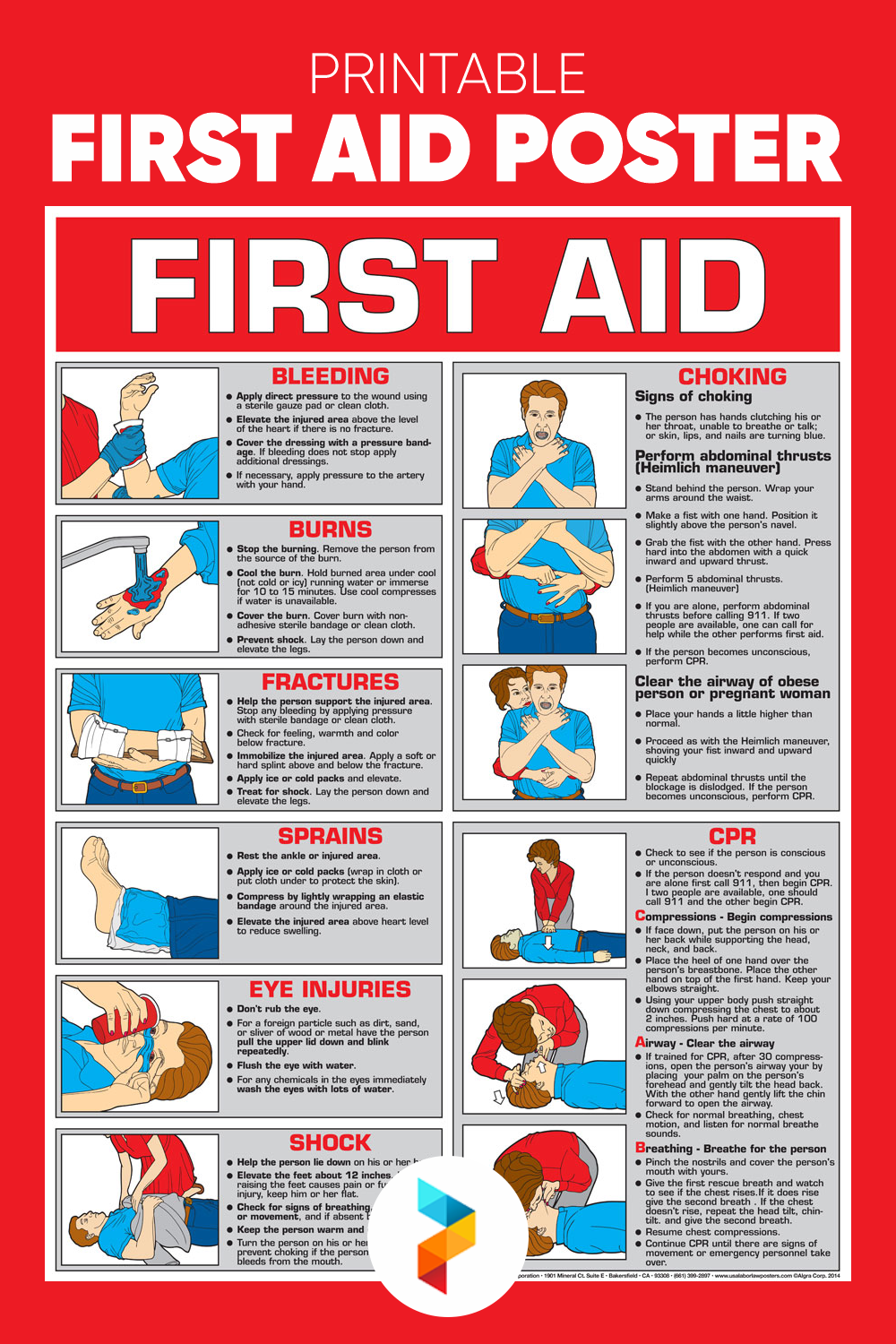
Critical First Aid Steps for All Burn Types
Regardless of the burn severity, certain initial steps are universal in burn first aid:
- Stop the burning process immediately
- Remove any constrictive clothing or jewelry
- Cool the burn with running water or cool compresses
- Protect the burned area from further damage
- Assess the need for professional medical care
Why is cooling the burn important? Cooling helps to minimize tissue damage, reduce pain, and prevent the burn from spreading deeper into the skin. However, it’s crucial to use cool, not cold water, as extremely cold temperatures can cause further damage to burned tissue.
Specific Treatment Guidelines for First-Degree Burns
First-degree burns, while painful, are generally the least severe and can often be treated at home. These burns affect only the outer layer of skin, causing redness, pain, and minor swelling.
Home Treatment for First-Degree Burns
- Cool the burn under running water for 10-15 minutes
- Apply a moisturizing lotion or aloe vera gel to soothe the skin
- Cover the burn with a sterile, non-stick bandage
- Take over-the-counter pain relievers if needed
Can you use ice on a first-degree burn? It’s best to avoid applying ice directly to any burn, as it can cause further damage to the skin and potentially worsen the injury. Stick to cool water or cool compresses instead.
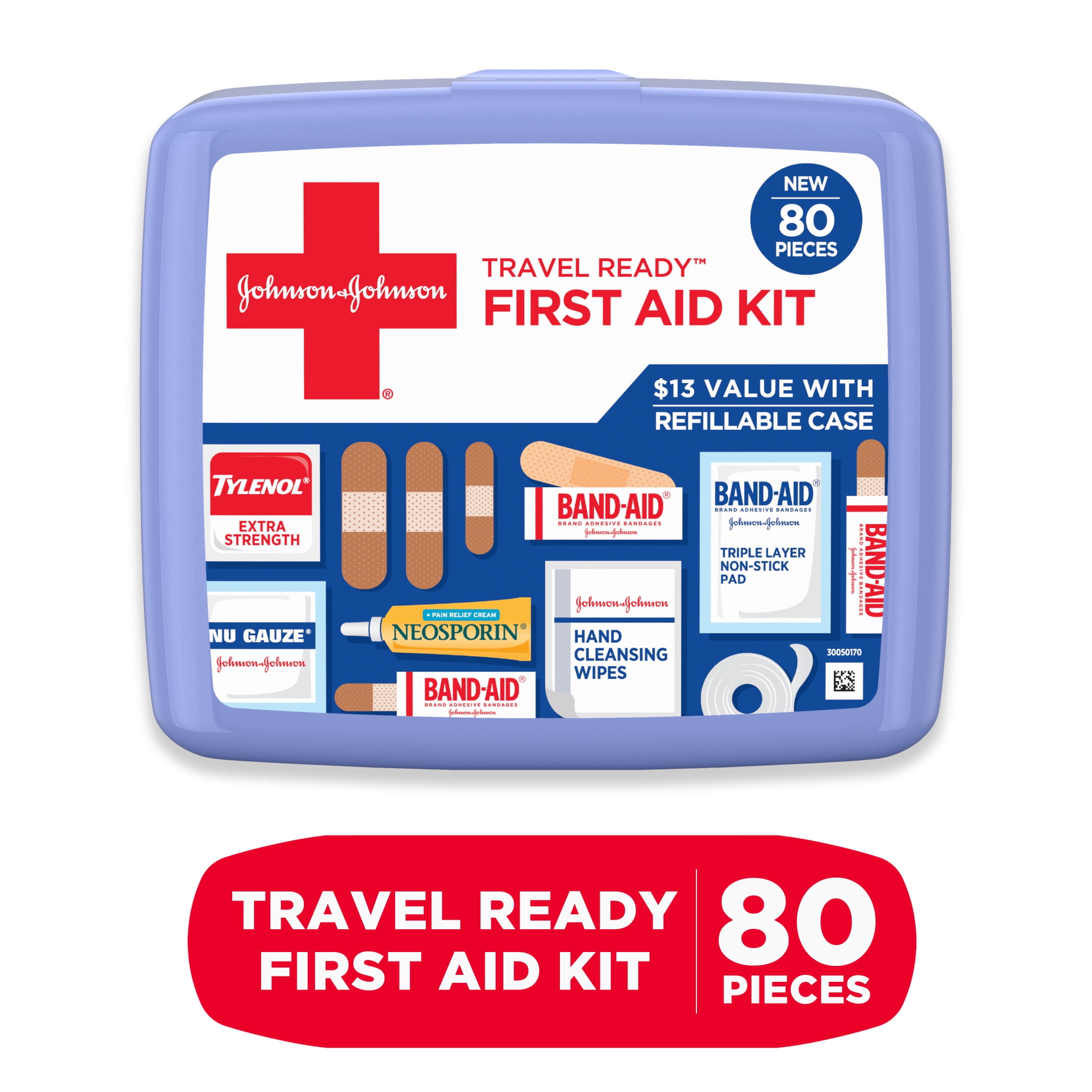
Managing Second-Degree Burns: When to Seek Medical Help
Second-degree burns are more serious, affecting both the epidermis and part of the underlying dermis. These burns typically result in blistering, intense pain, and a mottled appearance to the skin.
First Aid for Second-Degree Burns
- Run cool water over the burn for at least 15 minutes
- Do not break any blisters that form
- Cover the burn with a sterile, non-stick bandage
- Elevate the burned area if possible
- Seek medical attention for large or severe second-degree burns
When should you definitely see a doctor for a second-degree burn? Medical attention is necessary if the burn covers a large area (larger than 3 inches in diameter), affects sensitive areas like the face, hands, feet, or genitals, or if there are signs of infection such as increased pain, redness, or fever.
Emergency Response to Third-Degree Burns
Third-degree burns are the most severe and require immediate emergency medical attention. These burns penetrate all layers of the skin and can affect underlying tissues, resulting in a charred or leathery appearance.

Immediate Actions for Third-Degree Burns
- Call emergency services immediately
- Do not attempt to remove clothing stuck to the burn
- Cover the burn area with a clean, dry cloth or sterile bandages
- Elevate the burned body part above heart level if possible
- Monitor the person for signs of shock
Why is it crucial not to apply ointments or butter to severe burns? Applying such substances can seal in heat, potentially causing further damage to the tissues and increasing the risk of infection. Additionally, these products may interfere with professional medical assessment and treatment.
Preventing Complications: Infection Control and Wound Care
Proper wound care is essential to prevent complications such as infection and promote optimal healing of burn injuries. This is particularly important for second and third-degree burns, which have a higher risk of complications.
Infection Prevention Strategies
- Keep the burn area clean and dry
- Change dressings regularly as directed by a healthcare professional
- Wash hands thoroughly before and after wound care
- Watch for signs of infection (increased pain, redness, swelling, fever)
- Complete any prescribed course of antibiotics if given
How often should burn dressings be changed? The frequency of dressing changes depends on the severity of the burn and the type of dressing used. Generally, dressings should be changed daily or as often as recommended by your healthcare provider to keep the wound clean and promote healing.
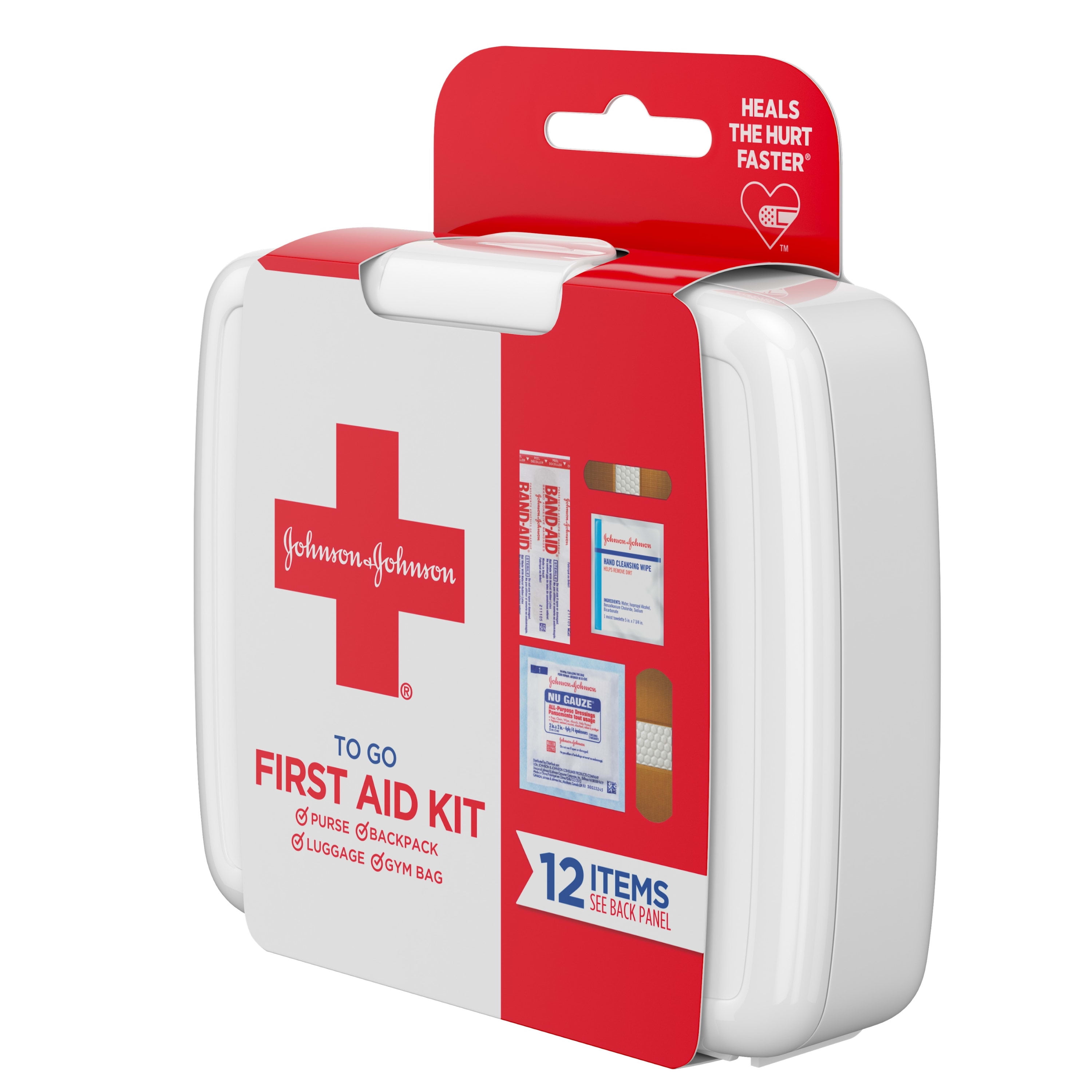
Long-Term Care and Rehabilitation for Serious Burns
Recovery from severe burns can be a long and challenging process, often requiring specialized care and rehabilitation. The goal of long-term burn care is to promote healing, manage pain, prevent complications, and restore function as much as possible.
Components of Burn Rehabilitation
- Physical therapy to maintain joint mobility and prevent contractures
- Occupational therapy to relearn daily living skills
- Scar management techniques, including massage and pressure garments
- Psychological support to address emotional and mental health impacts
- Nutritional support to aid in healing and recovery
How long does burn rehabilitation typically last? The duration of burn rehabilitation varies greatly depending on the severity and extent of the burns. Minor burns may require only a few weeks of care, while severe burns can necessitate months or even years of ongoing treatment and therapy.
Burn Prevention: Strategies for Reducing Burn Risks at Home and Work
While knowing how to treat burns is important, prevention is always the best approach. Implementing safety measures and being aware of potential burn hazards can significantly reduce the risk of thermal burn injuries in both home and work environments.
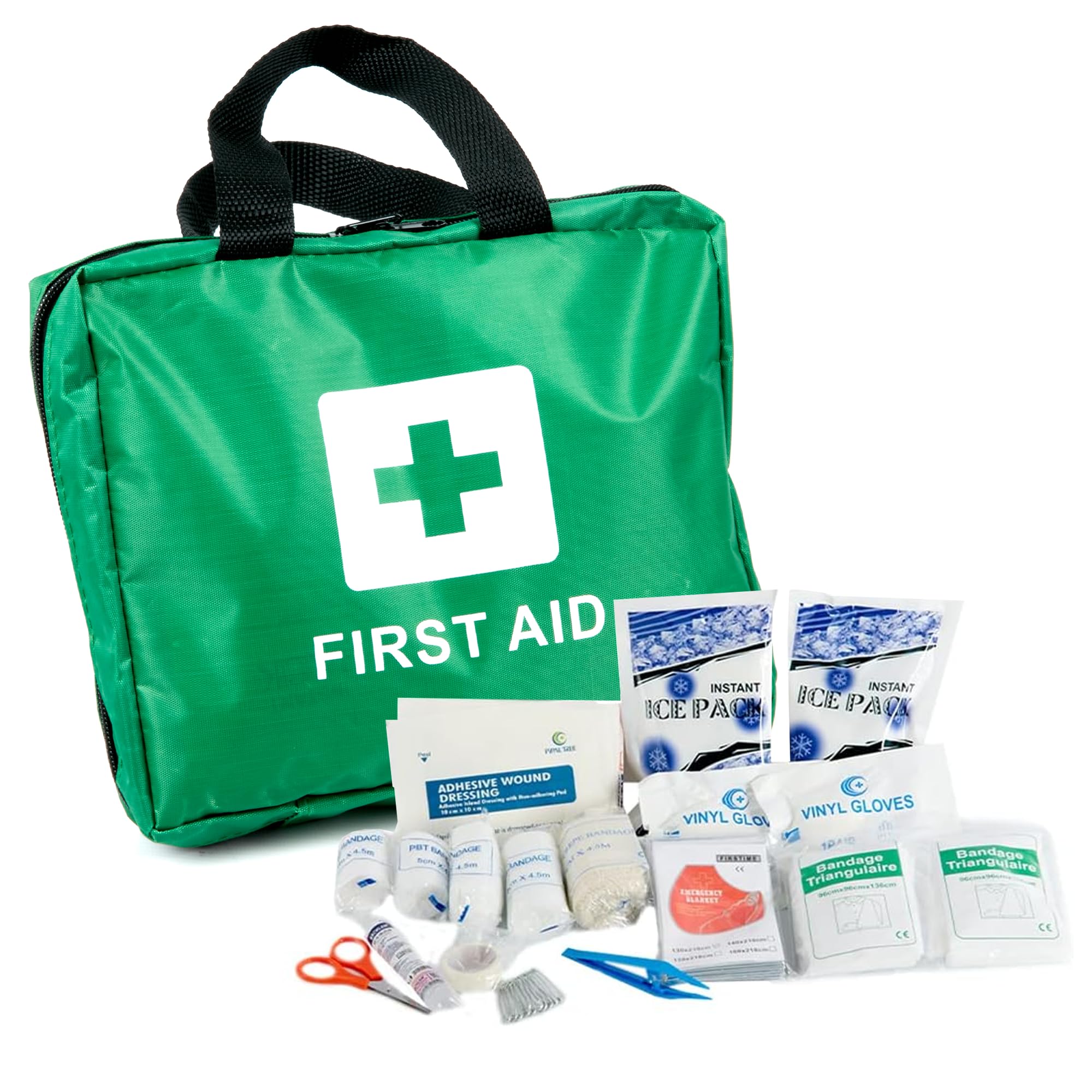
Home Safety Tips to Prevent Burns
- Install and maintain smoke detectors in your home
- Keep hot liquids and foods away from the edges of tables and counters
- Set your water heater temperature to 120°F (48.9°C) or lower
- Use back burners on the stove and turn pot handles inward
- Keep flammable items away from heat sources
Workplace Burn Prevention Measures
- Provide proper training on equipment use and safety procedures
- Ensure adequate personal protective equipment (PPE) is available and used
- Implement proper storage and handling procedures for flammable materials
- Regularly inspect and maintain equipment to prevent malfunctions
- Create and practice emergency response plans for potential burn scenarios
What role does education play in burn prevention? Education is crucial in burn prevention, as it raises awareness of potential hazards and teaches proper safety practices. Regular safety training and reminders can help individuals stay vigilant and reduce the likelihood of burn accidents in both personal and professional settings.
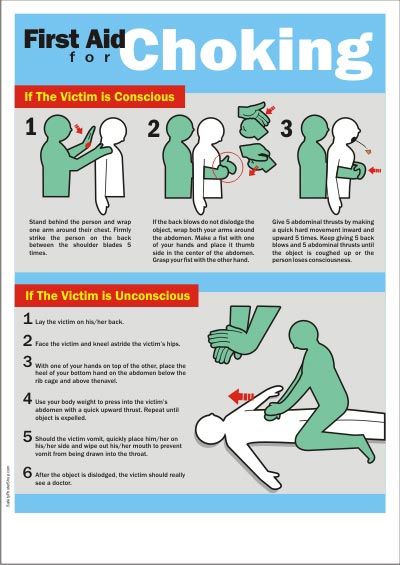
By understanding the nature of thermal burns, knowing how to provide appropriate first aid, and implementing preventive measures, we can significantly reduce the incidence and severity of burn injuries. Remember, quick action and proper care can make a substantial difference in the outcome of a burn injury, potentially saving lives and minimizing long-term complications.
First Aid Treatment for Thermal Burns
Written by WebMD Editorial Contributors
- Call 911 if:
- For All Burns
- For First-Degree Burns (Affecting Top Layer of Skin)
- For Second-Degree Burns (Affecting Top 2 Layers of Skin)
- For Third-Degree Burns
- The burn penetrates all layers of the skin.
- The skin is leathery or charred looking, with white, brown, or black patches.
- The person is an infant or a senior.
1. Stop Burning Immediately
- Put out fire or stop the person’s contact with hot liquid, steam, or other material.
- Help the person “stop, drop, and roll” to smother flames.
- Remove smoldering material from the person.
- Remove hot or burned clothing. If clothing sticks to skin, cut or tear around it.
2. Remove Constrictive Clothing Immediately
- Take off jewelry, belts, and tight clothing. Burns can swell quickly.

Then take the following steps:
1. Cool Burn
- Hold burned skin under cool (not cold) running water or immerse in cool water until the pain subsides.
- Use compresses if running water isn’t available.
2. Protect Burn
- Cover with sterile, non-adhesive bandage or clean cloth.
- Do not apply butter, oil, lotions, or creams (especially if they contain fragrance). Apply a petroleum-based ointment two to three times per day.
3. Treat Pain
- Give over-the-counter pain reliever such as acetaminophen (Panadol, Tylenol), ibuprofen (Advil, Motrin, Nuprin), or naproxen (Aleve, Naprosyn).
4. When to See a Doctor
Seek medical help if:
- You see signs of infection, like increased pain, redness, swelling, fever, or oozing.
- The person needs tetanus or booster shot, depending on date of last injection. Tetanus booster should be given every 10 years.
- The burn blister is larger than two inches or oozes.

- Redness and pain last more than a few hours.
- The pain gets worse.
- The hands, feet, face, or genitals are burned.
5. Follow Up
- The doctor will examine the burn and may prescribe antibiotics and pain medication.
1. Cool Burn
- Immerse in cool water for 10 or 15 minutes.
- Use compresses if running water isn’t available.
- Don’t apply ice. It can lower body temperature and cause further pain and damage.
- Don’t break blisters or apply butter or ointments, which can cause infection.
2. Protect Burn
- Cover loosely with sterile, nonstick bandage and secure in place with gauze or tape.
3. Prevent Shock
Unless the person has a head, neck, or leg injury, or it would cause discomfort:
- Lay the person flat.
- Elevate feet about 12 inches.
- Elevate burn area above heart level, if possible.
- Cover the person with a coat or blanket.

4. See a Doctor
- The doctor can test burn severity, prescribe antibiotics and pain medications, and administer a tetanus shot, if needed.
1. Call 911
2. Protect Burn Area
- Cover loosely with sterile, nonstick bandage or, for large areas, a sheet or other material that that won’t leave lint in wound.
- Separate burned toes and fingers with dry, sterile dressings.
- Do not soak the burn in water or apply ointments or butter, which can cause infection.
3. Prevent Shock
Unless the person has a head, neck, or leg injury or it would cause discomfort:
- Lay the person flat.
- Elevate feet about 12 inches.
- Elevate burn area above heart level, if possible.
- Cover the person with a coat or blanket.
- For an airway burn, do not place a pillow under the person’s head when the person is lying down. This can close the airway.

- Have a person with a facial burn sit up.
- Check pulse and breathing to monitor for shock until emergency help arrives.
4. See a Doctor
- Doctors will give oxygen and fluid, if needed, and treat the burn.
Top Picks
First Aid Treatment for Thermal Burns
Written by WebMD Editorial Contributors
- Call 911 if:
- For All Burns
- For First-Degree Burns (Affecting Top Layer of Skin)
- For Second-Degree Burns (Affecting Top 2 Layers of Skin)
- For Third-Degree Burns
- The burn penetrates all layers of the skin.

- The skin is leathery or charred looking, with white, brown, or black patches.
- The person is an infant or a senior.
1. Stop Burning Immediately
- Put out fire or stop the person’s contact with hot liquid, steam, or other material.
- Help the person “stop, drop, and roll” to smother flames.
- Remove smoldering material from the person.
- Remove hot or burned clothing. If clothing sticks to skin, cut or tear around it.
2. Remove Constrictive Clothing Immediately
- Take off jewelry, belts, and tight clothing. Burns can swell quickly.
Then take the following steps:
1. Cool Burn
- Hold burned skin under cool (not cold) running water or immerse in cool water until the pain subsides.
- Use compresses if running water isn’t available.
2. Protect Burn
- Cover with sterile, non-adhesive bandage or clean cloth.

- Do not apply butter, oil, lotions, or creams (especially if they contain fragrance). Apply a petroleum-based ointment two to three times per day.
3. Treat Pain
- Give over-the-counter pain reliever such as acetaminophen (Panadol, Tylenol), ibuprofen (Advil, Motrin, Nuprin), or naproxen (Aleve, Naprosyn).
4. When to See a Doctor
Seek medical help if:
- You see signs of infection, like increased pain, redness, swelling, fever, or oozing.
- The person needs tetanus or booster shot, depending on date of last injection. Tetanus booster should be given every 10 years.
- The burn blister is larger than two inches or oozes.
- Redness and pain last more than a few hours.
- The pain gets worse.
- The hands, feet, face, or genitals are burned.
5. Follow Up
- The doctor will examine the burn and may prescribe antibiotics and pain medication.
1. Cool Burn
- Immerse in cool water for 10 or 15 minutes.

- Use compresses if running water isn’t available.
- Don’t apply ice. It can lower body temperature and cause further pain and damage.
- Don’t break blisters or apply butter or ointments, which can cause infection.
2. Protect Burn
- Cover loosely with sterile, nonstick bandage and secure in place with gauze or tape.
3. Prevent Shock
Unless the person has a head, neck, or leg injury, or it would cause discomfort:
- Lay the person flat.
- Elevate feet about 12 inches.
- Elevate burn area above heart level, if possible.
- Cover the person with a coat or blanket.
4. See a Doctor
- The doctor can test burn severity, prescribe antibiotics and pain medications, and administer a tetanus shot, if needed.
1. Call 911
2. Protect Burn Area
- Cover loosely with sterile, nonstick bandage or, for large areas, a sheet or other material that that won’t leave lint in wound.

- Separate burned toes and fingers with dry, sterile dressings.
- Do not soak the burn in water or apply ointments or butter, which can cause infection.
3. Prevent Shock
Unless the person has a head, neck, or leg injury or it would cause discomfort:
- Lay the person flat.
- Elevate feet about 12 inches.
- Elevate burn area above heart level, if possible.
- Cover the person with a coat or blanket.
- For an airway burn, do not place a pillow under the person’s head when the person is lying down. This can close the airway.
- Have a person with a facial burn sit up.
- Check pulse and breathing to monitor for shock until emergency help arrives.
4. See a Doctor
- Doctors will give oxygen and fluid, if needed, and treat the burn.
Top Picks
The secret of the ancient city in Syria, burnt by “heavenly fire” is revealed 0003
Society
10. 03.2020 15:57
03.2020 15:57
Share
Denis Peredelsky
University of California, Santa Barbara
An international team of geologists and archaeologists has discovered evidence of a powerful cosmic impact that destroyed one of the world’s earliest human settlements, the city of Abu Hureyra. It was located in the north of modern Syria and was burned by “fire from heaven”.
UC Santa Barbara reports on the discovery. The archaeological site of Abu Hureyra has not been explored for a long time. Since the 1970s, access to it has been closed, since he himself almost completely went under water after the construction of a dam on the Euphrates River.
A large barrow remained from the city, which now rests at the bottom of Lake Assad. Archaeologists largely relied on the descriptions of colleagues made even before the appearance of this lake. Scientists of past years described in detail the remains of products and tools found in the settlement. This made it possible to establish that local nomads switched to agriculture almost 12. 8 thousand years ago.
8 thousand years ago.
This was probably one of the most significant events in the history of our planet. But at about the same time, a catastrophe happened: it turned out that Abu Hureyra had another, unknown story. Among the fossilized cereals, many fragments of melted glass were found. The remains of molten glass were also found on the ancient bones of people and animals, and the ruins of the city themselves were melted.
Analysis of this “glass” showed that this could only happen at extremely high temperatures, above 2200 degrees Celsius, that is, much higher than the temperatures that people could create in those days. Supporters of the “conspiracy theory” this gave reason to argue that the ancient city was destroyed by some kind of nuclear explosion. Of course, this is not so, but the event was clearly not out of the ordinary.
“Such high temperatures would completely melt a car in less than a minute,” says James Kenneth, professor emeritus of geology at the University of Santa Barbara. “This intensity could only be caused by an extremely strong, high-energy, high-speed phenomenon, something like a cosmic impact.” .
“This intensity could only be caused by an extremely strong, high-energy, high-speed phenomenon, something like a cosmic impact.” .
Based on material collected prior to the site’s sinking, Kenneth and colleagues make a bold statement in a new study: Abu Hureyra is the first site documented to have impacted a population center with fragments of a large asteroid or comet.
Probably all these fragments were part of the same cosmic body that crashed into the surface of our planet or exploded directly above it at the end of the Pleistocene epoch.
This event coincides in time with the extinction of most large animals, including mammoths, American horses and camels. At the same time, the mysterious North American Clovis culture also disappeared.
“Our new findings provide much stronger evidence for extremely high temperatures that could only be associated with a cosmic impact,” said Kenneth, who reported the first evidence of this kind in the region back in 2012.
Full study published in Nature Scientific Reports.
Share
ScienceHistorySpaceMuseums and monumentsSyria
Photo: Transcaucasia: Former USSR: Lenta.ru
A few days later, on December 1, in Nagorno-Karabakh, the transfer of several regions under the control of Baku will finally be completed. The process is difficult because of the long-standing enmity between the Azerbaijanis and the Armenians who inhabit the region. New borders are drawn literally on the go, sometimes forgetting to tell the locals that they will soon find themselves in another state against their will.
Anxiety and tension are growing due to the defiantly unworthy behavior of the Azerbaijani military, who desecrate the holy places in the occupied territories and post these “exploits” on the net. Karabakh Armenians leave their homes and flee. Officially, only the Armenian military should leave the NKR, but civilians also leave after them, as they are sure that nothing good awaits them under the Azerbaijani government. They take with them everything that can be taken, even the remains of relatives. Everything that cannot be taken away, they try to destroy so that the enemy does not get it.
They take with them everything that can be taken, even the remains of relatives. Everything that cannot be taken away, they try to destroy so that the enemy does not get it.
Kalbajar region. Explosion of a military unit
Photo: Anatoly Zhdanov / Kommersant
The Kelbajar region, which was part of the unrecognized Nagorno-Karabakh Republic (NKR) was called Shahumyan, came under the control of Baku on 25 November. The Armenian military, leaving these territories the day before, blew up their military unit.
Karegakh village, Lachin region
Photo: Anatoly Zhdanov / Kommersant
The Lachin region until recently was part of the Kashatagh region of the NKR and came under the control of Baku on November 20. Many local residents burned them down before leaving their homes.
Road in the mountains of the Kelbajar region
Photo: Dmitry Lovetsky / AP
Huge traffic jams from cars with refugees accumulate on the roads leading from the NKR to Armenia.
Refugees getting ready to leave
Photo: Anatoly Zhdanov / Kommersant
People try to take as many things as possible with them because they are not going to return.
Maraga village, Martakert region
Photo: Sergei Grits / AP
Everything that cannot be taken away, people try to destroy. In this picture, a man kills his pigs before getting on the bus and leaving his house.
Hadrut, Azerbaijani soldiers
Photo: Aziz Karimov / Reuters
The fears of Karabakh Armenians are fueled by publications on social networks about the atrocities and arbitrariness of the Azerbaijani military. They are not always confirmed, but some reports turn out to be true. For example, the other day a video appeared on the network, in which Azerbaijanis desecrated the grave of an Armenian to the laughter of an unknown cameraman.
Mosque in Aghdam
Photo: Aziz Karimov / Reuters
President of Azerbaijan Ilham Aliyev regularly declares that all monuments and temples of Karabakh, regardless of what culture and confession they belong to, will be protected by the state.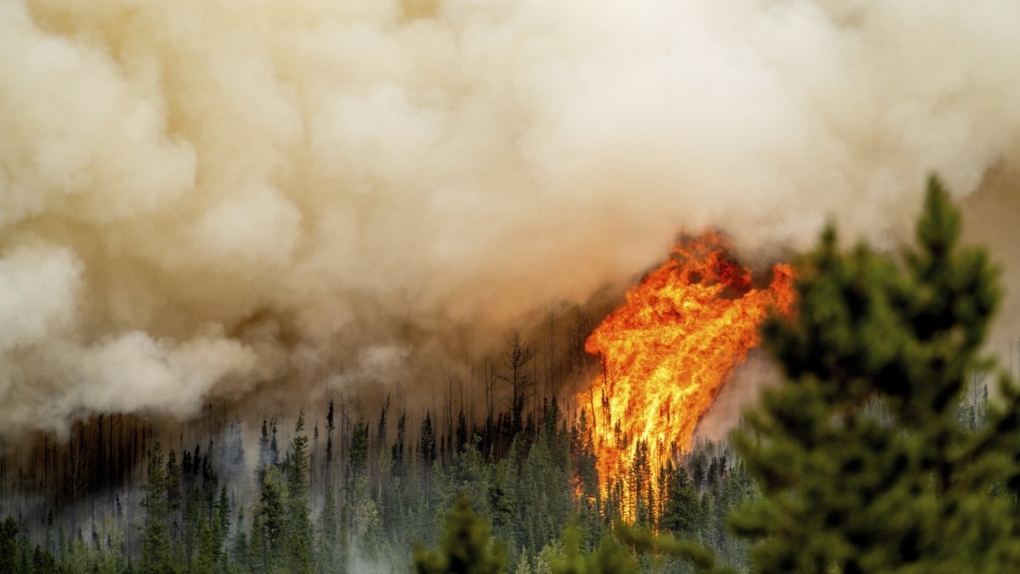 But the Armenians do not believe him, remembering the Soviet years.
But the Armenians do not believe him, remembering the Soviet years.
Dadivank Monastery
Photo: Dmitry Lovetsky / AP
The transfer of the Kalbajar region to Azerbaijan caused a special resonance not only because there were no hostilities there, but also because one of the main shrines of the Armenian Apostolic Church, Dadivank IX Monastery, is located there -XII centuries. In the Soviet years, the Azerbaijanis used it as a corral for cattle, the temple was looted and badly damaged, its restoration was completed only two years ago. Baku says pilgrims will be able to visit Dadivank, but the abbot of the monastery believes it is safer to close it and take the relics to Armenia.
Armenians remove artifacts from Tigranakert
Photo: Sergei Grits / AP
The Hellenistic Tigranakert fortress is another important cultural heritage site for Armenians that came under Azerbaijani control.
An Armenian cuts off a cross from the roof of his house before leaving.
Photo: Sergei Grits / AP
Residents of Karabakh try to take all the relics with them so that they are not desecrated.
Kilikli village cemetery
Photo: Andrei Borodulin / Kommersant
It comes to the point that some Karabakh people dig up the remains of their relatives in order to rebury them in Armenia. They are sure that they will not be able to return to their native graves, and they are afraid that the remains will be abused.
Photo: Sergey Grits / AP
Rumors appeared in the Azerbaijani media and social networks that the Armenians of Karabakh were mining the land before leaving. It is difficult to say how true they are, as many shells remained in the land of Nagorno-Karabakh after three wars.
Last supper before departure, Magara village, Martakert region
Photo: Sergei Grits / AP
The process of transferring territories to Azerbaijan is complicated by the fact that local authorities do not know until the last moment where the new border between states should go. As a result, the inhabitants of some villages learn that their land is being transferred to a neighboring state, literally the day before. Because of this, skirmishes regularly arise at the border.
As a result, the inhabitants of some villages learn that their land is being transferred to a neighboring state, literally the day before. Because of this, skirmishes regularly arise at the border.
Woman on the porch of her house before leaving
Photo: Dmitry Lovetsky / AP
The confusion is fueling rumors that the Azerbaijanis are trying to seize new territories beyond those specified in the agreements.
Refugees
Photo: Sergey Grits / AP
People are not resettled in a centralized way – they themselves go to relatives in Armenia or that part of Karabakh, which still belongs to the NKR. The lack of assistance causes great dissatisfaction with the authorities.
Ghost town Agdam
Photo: Andrey Borodulin / Kommersant
Azerbaijan will face huge expenses for the restoration of the acquired territories. And it’s not just about the recent destruction. Some settlements, such as the city of Agdam, have been completely or partially in ruins since the first Karabakh war in the 1990s.







.jpg)
